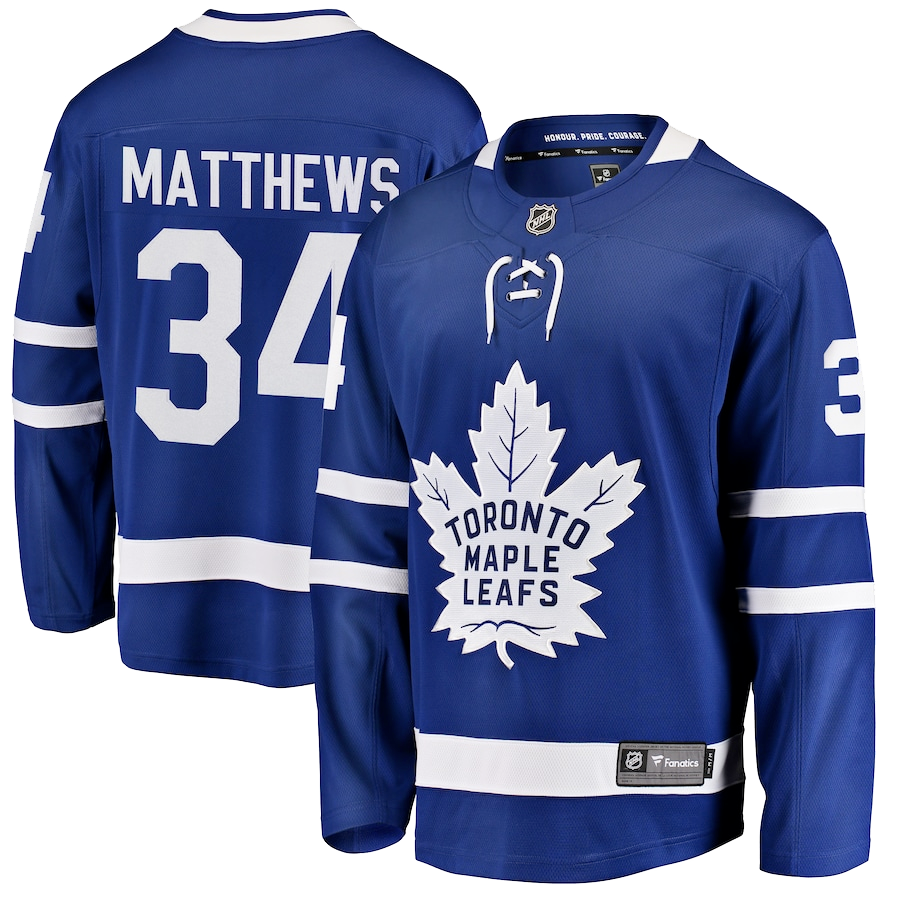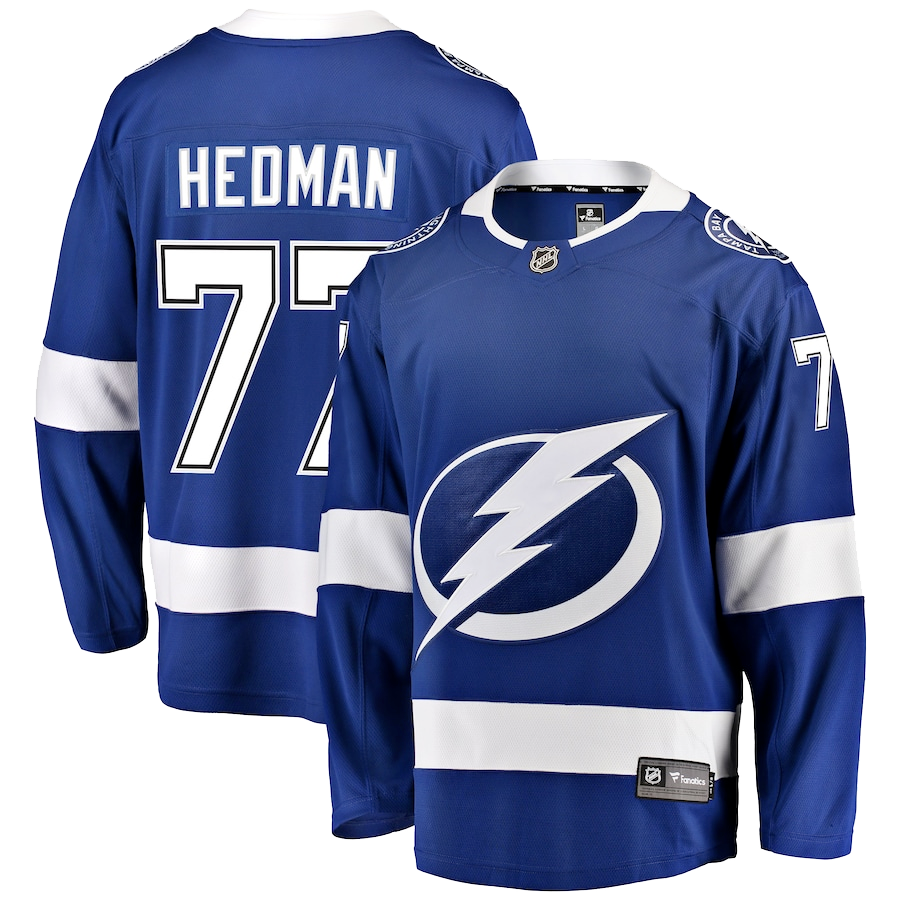ANAHEIM, Calif. — The coach of the other local NHL team, John Stevens of the LA Kings, used the “blender” metaphor last week to describe the changes his team needed to make to jolt themselves into scoring some goals.
But it was Randy Carlyle of the Ducks who really put the kale in the jar and turned up the speed to “HI” on Tuesday night. No line was left alone in an attempt to get the Ducks to do some winning.
Here’s just a sample of the changes: Corey Perry to the fourth line. But it wasn’t just that demotion. Every right wing was moved. Perry went from the first line to the fourth. JT Brown came off the fourth and went to the second. Jakob Silfverberg went from the second to the third. And Ondrej Kase moved up from the third to play with Rakell and Getzlaf.
That level of change might be a bit premature. After all, the team had a 6-3-1 record in its last ten games. And they had won three of five. But the scoring just hasn’t been there. Their goals totals in that ten games? They hadn’t been super-low, helped by three, five-goal outbursts. But the production wasn’t consistent. In six of those games, the Ducks had posted two or fewer goals. The only disgrace they had avoided—being shut out. That hasn’t happened since game three of the season.
But they had posted a disappointing, dispirited, and distracted loss to the San Jose Sharks on Sunday, not helped by a rare poor goaltending performance by John Gibson. The score was Sharks on Gibson five, on Miller one, and Ducks two goals in return. A 6-2 loss, in a game that they could have used to tie their rivals in the standings.
Carlyle’s concern was also plain in his words before the Tuesday game: “You can’t give the opposition’s power play five chances to practice against you.”
The Ducks had to learn to stay out of the box. His goal for the team—three times shorthanded or fewer. But the Ducks took five penalties versus San Jose, two of which resulted in goals.
The Rangers themselves were moving on from a blown two-goal lead and three power play goals allowed in a game versus those aforementioned Kings on Sunday night. They had about the worst second period a team could have, with the first goal happening at thirty seconds elapsed and the third in by about ten minutes gone. The Kings added an empty-net goal with less than twenty ticks left on the clock in the third.
Against Anaheim, the Rangers fared little better. They never held a lead, though they twice tied the game. They were missing several players, most notably in recent news Kevin Shattenkirk, who had knee surgery early in the week. The Ducks, by contrast and finally, are healthy. Patrick Eaves is the only player of significance to remain on the sidelines. He has Guillain-Barre Syndrome, though he is reportedly recovering.
So how’d the Ducks do? They took the game to New York from the start. An uncharacteristic early letdown by the other side’s netminder was in part the reason.
It started out ominously for the Rangers. JT Brown zoomed down the left side of the ice and fired a puck up over Lundqvist’s shrugging shoulders. Bad goal. After the game, he used the demure approach, preferring to talk about the team rather than about his goal.
Brown said, “I don’t want to read too much into it. I just want to go out there and play hard, do what I, do what they brought me in to do, and that’s how I’m looking at it. It felt good. It’s been a while since the last one, but any time you see the puck go back of the net, it builds your confidence.”
They shortly had a power play when Vesey of the Rangers stuck his stick in a Duck player’s skates at center—bad penalty. The Anaheim power play, if my view was correct, featured the same five players for the whole two minutes. At the end of it, those guys being tired, Michael Grabner had a breakaway. No goal. The Rangers did tie the game on a power play shortly after. Rick Nash got his first of the game. The puck came out to him via Zuccarello’s pass from the right hash marks. Nash did a circular move with the puck on his stick and swept it around John Gibson. 1-1.
There would be six goals scored in the period altogether. The next was the Ducks’ Perry, spotted at the end of a power play by Getzlaf. Perry was fed the puck in the slot, skated down it—slowly—and shot low. Lundqvist got into a one-knee-down position (it had worked on an earlier shot), and the puck went by him. He did get a piece. Peter Holland was futilely chasing.
Perry was forced to answer questions about being on the fourth line after the game. “I don’t know. You just go out and play with whoever you play with. You try to spark something. Goals have been tough to come by for this group. Tonight we found a way to win.”
Nash tied the game right after. He scooped a puck in from the low slot on a rebound. The shots were 15-6. Not some strong GAA’s happening on this evening.
Cogliano came down the right side and launched a wrist shot that went over Lundqvist’s head. That made three goals on six shots, and he was yanked for the second player on the night to be called “Ondrej” by his parents. (If you read that, hit me up on twitter @growinguphockey. I like to know how bad the jokes are.)
The Ducks added a fourth tally with about a minute and twenty seconds left in the first frame. Getzlaf intercepted a pass and sent a short pass of his own to Henrique, splitting the D. He cruised in, deked, and went to the left. It didn’t seem like there was enough room to put the puck, and Pavelec was in full, groin-splitting splits, but Henrique tucked the puck in past his skate.
Are the Ducks this good? No, but the Rangers were that bad. And sometimes, every little thing you try works. That’s what was happening for Anaheim. Two players, Getzlaf and Fowler, said that they recognized the faults in their play on the evening.
Here’s Fowler: “Sure, the shot total was up. But if you go back and look at the tape, how many of those were high-quality scoring chances. I know we gave up a few breakaways.”
Understatement? How many times do you see “a few” breakaways in an NHL game?
As period two got underway, some fans returned from the hot dog lines to see if the magic would continue. Those who actually know about the game returned to see if the two clubs, having had a butt-whipping in between periods by their coaches, would play a little more structured hockey. The scoring slowed down. That’s not to say that the game suddenly became textbook perfect.
And to go back to the matter of Carlyle’s adjustments, so far, none of the action had anything to do with Carlyle’s use of the blender. Brown’s goal was unassisted. Perry’s was PP. Henrique’s was a shorthanded one. And Cogliano was on the ice with two of the night’s fourth-liners (Perry and Vermette) when he got his goal.
Period two saw the Rangers continue to make John Gibson’s GAA look better, firing fourteen shots. They did score a goal, shorthanded. Getzlaf lost the puck on the power play, Zibanejad stealing it an heading up ice. He went to one knee with a pass ahead and diagonally to Michael Grabner. He streaked in on Gibson and put the puck low. Gibson, oddly enough, used the same one-knee-down stance that Lundqvist had failed with earlier in the game. It didn’t work for him, either. The puck went under his stick and pad to register a 4-3 deficit for the Rangers.
At the halfway point of the period, the shots were Ducks 15, Rangers 26. The score was doubled up 4-2 for the Ducks.
The Rangers took another penalty near the end of the period, making the total of minors by the two teams seven. Five of those were against the Rangers, including one for too many men. But the good news for Anaheim—they were responsible for only two, under the number that Carlyle had prescribed before the game.
What does that tell you? On the one hand, the league is back to cracking down on stick fouls, as has been commented on in the press in the past week or so and by players. The other thing is that this was a largely undisciplined game. That went two ways. Each team had a power play goal. And each team had a shorthanded goal by the end.
Period three witnessed the Ducks pull out to 5-3 at thirty seconds, then add a late empty-net goal, scored on the backhand by Getzlaf to cap a three point night (goal, two helpers). The shots ended at 44-31, in favor of New York.
So the Ducks defeated the Rangers while chasing their miracle goalie and surviving giving up a PP and a shorthanded goal. The coach afterwards said, “We got the game under control due to special teams. . . . As coaches you look at what you can do to improve, but a win’s a win. We’ll look to how we can improve before our next game against Winnipeg.”
Notes
The Ducks host the Jets on Thursday night to end their home stand. New York goes to San Jose to take on the Sharks Thursday.
Please let your favorite scholar friend or librarian know about my new book: Mixing Memory and Desire: Why Literature Can’t Forget the Great War. My publisher in Canada thanks you. I do, too.
Twitter @growinguphockey, please.








